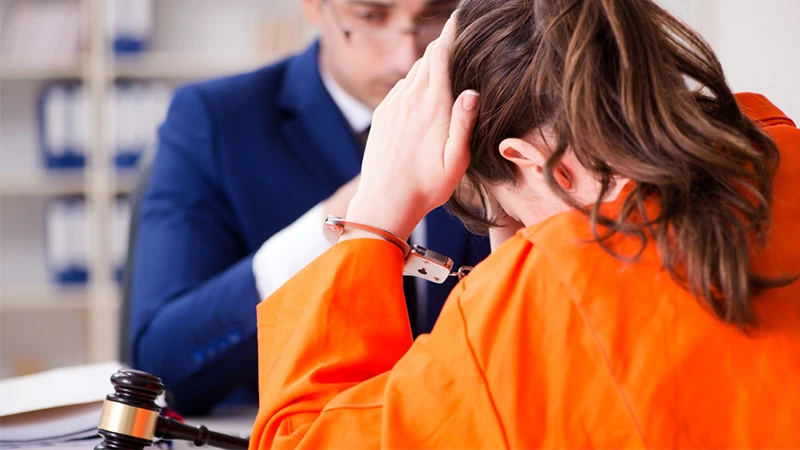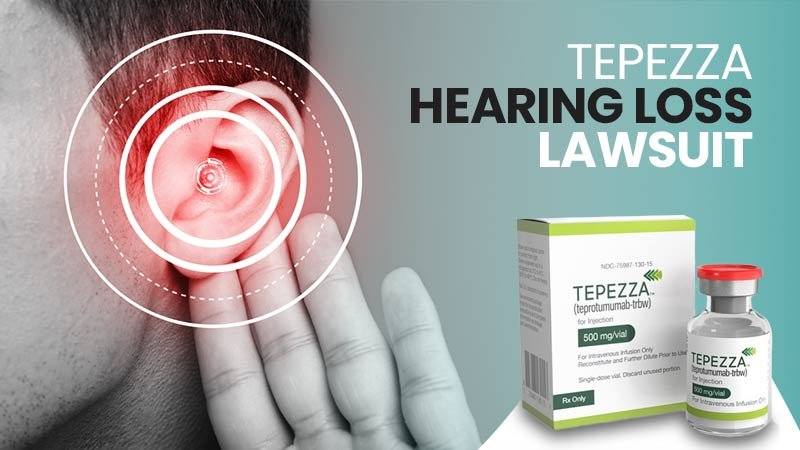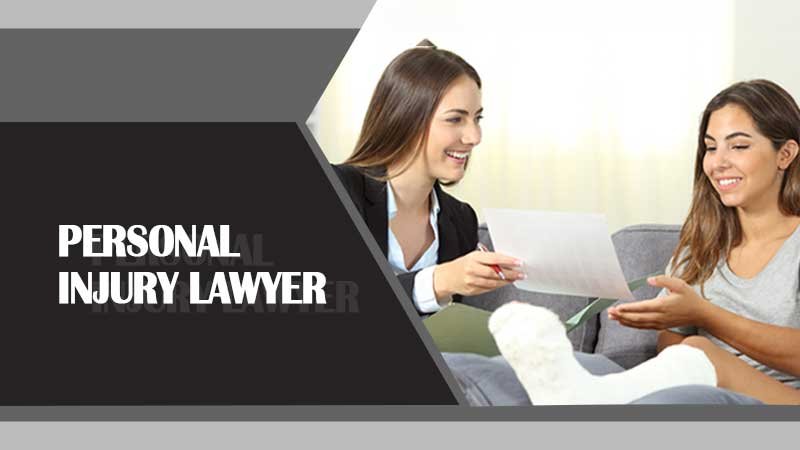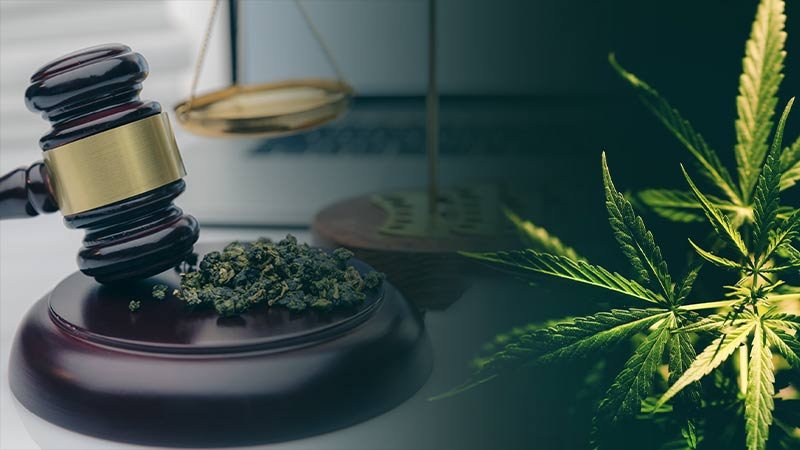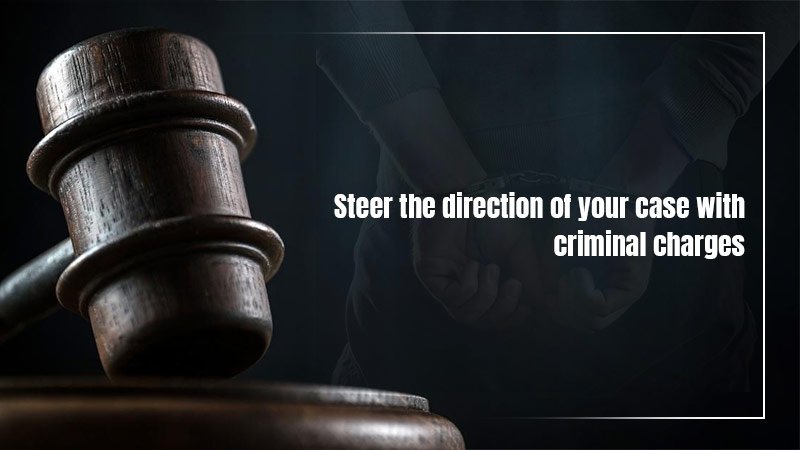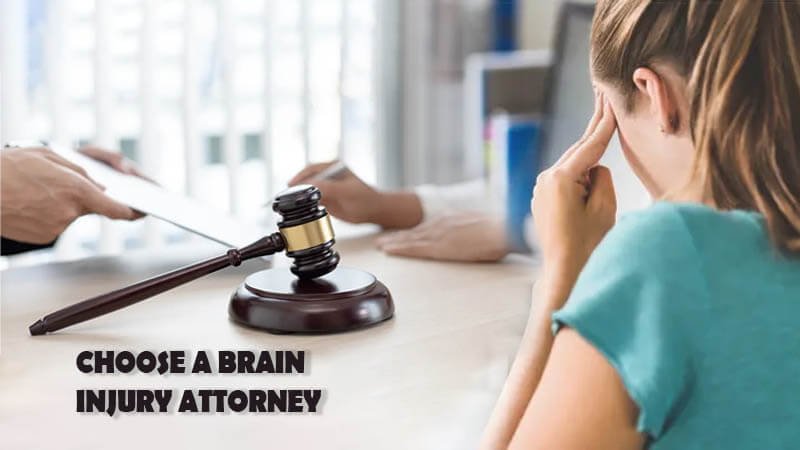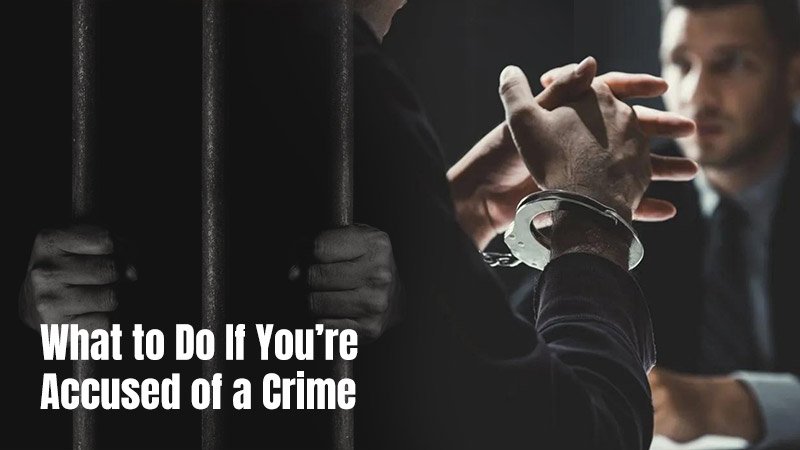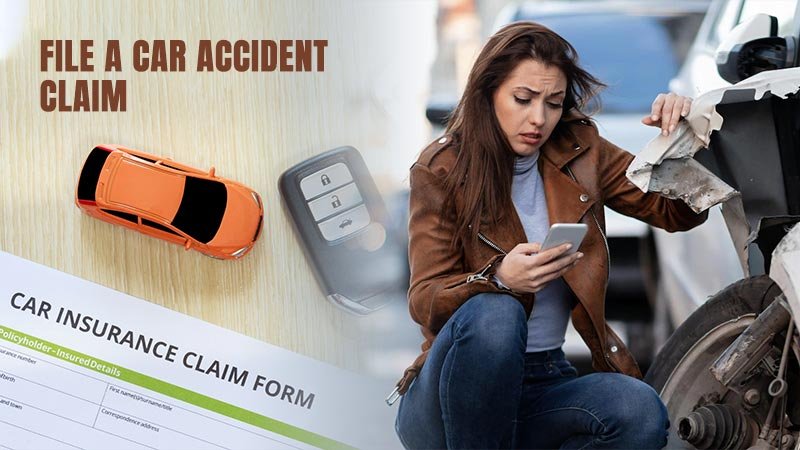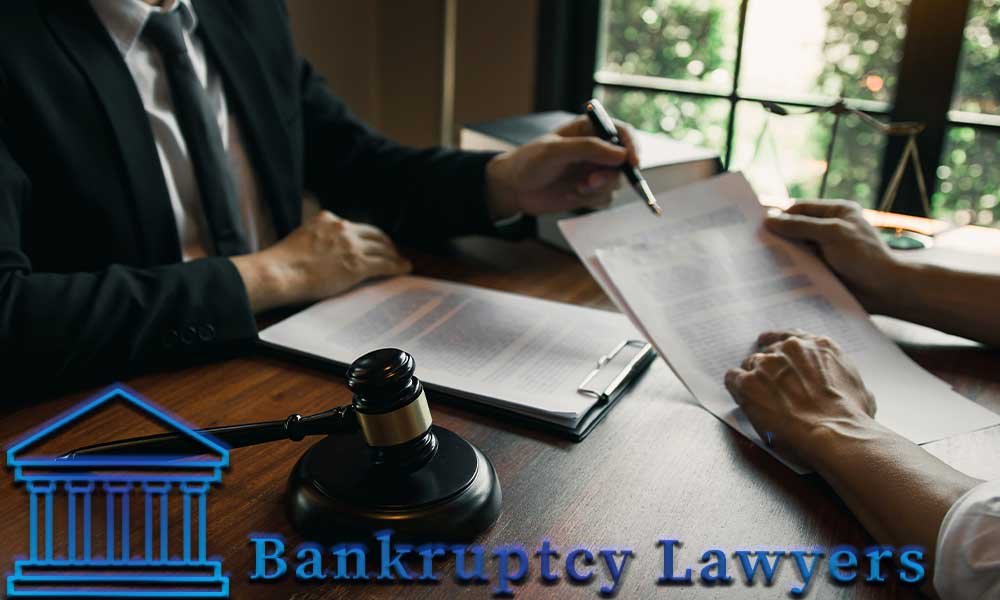What to Do When You’re Involved in a Bike Accident
Accidents, by definition, are unexpected and can happen at any time. When you’re riding your bike, regardless of whether you’re an experienced cyclist or a beginner, there’s always the potential of being involved in an accident. It can be a frightening and overwhelming experience, and it’s essential to know the appropriate steps to take afterward. This article outlines what you need to do when you’re involved in a bike accident to protect yourself and your interests.
Understanding the Aftermath of the Accident
Navigating the immediate aftermath of a bike accident can be chaotic and confusing. One moment you’re enjoying a pleasant ride, and the next, you’re sprawled on the ground, possibly injured. If you can, try to stay calm and take a moment to assess your situation. Are you hurt? Can you move? Is it safe to do so? Contacting emergency services should be your immediate priority if you or anyone else involved in the accident is injured. You might also need to contact a Chicago bike accident lawyer to help you handle any legal aspects that may arise.
Pursuing Legal Action
In some cases, you might need to pursue legal action to get fair compensation, especially if the accident was due to someone else’s negligence. Legal proceedings can be complex and time-consuming, requiring comprehensive evidence to build a strong case.
If you decide to take this route, having a skilled lawyer by your side can make all the difference. They can guide you through the process, represent your interests, and ensure that you receive the compensation you’re entitled to for your injuries and loss.
Prioritizing Safety and Assessing Damage

As a cyclist, your vulnerability is far higher than that of a car occupant. Therefore, it’s crucial to move yourself and your bike to a safe location away from ongoing traffic if you’re not seriously injured. However, remember to keep the scene intact as much as possible until authorities arrive. It is essential for the accurate documentation of what transpired.
After ensuring safety, assess your injuries and the damage to your bike and any other property involved. Take note of any pain, scrapes, bruises, or other injuries. Not all injuries are immediately apparent, especially those related to trauma or concussion. Therefore, seeking medical attention after an accident, even if you think you’re okay, is advisable.
Documenting the Accident
Documenting the accident is a significant step in protecting your interests, especially if you’re considering filing an insurance claim or a lawsuit. Record the specifics of the accident, such as the time, location, and the events leading up to it. If there were any witnesses, get their contact details as they can provide valuable third-party perspectives.
Pictures are crucial in supporting your account of the accident. Capture photos of your injuries, damage to your bike, the accident scene, and other vehicles involved if any. These will serve as invaluable evidence when recounting the incident to your insurance company or if legal action becomes necessary.
Reporting the Accident
It’s essential to report the accident to law enforcement, especially if it involves another party. A police report provides an official account of the accident and could be helpful if disputes arise later. Be cooperative but remember to stick to the facts when describing the accident. Do not speculate about the cause of the accident or admit fault, even if you think you might be partially responsible. Any admissions could potentially be used against you.
Ensure you get a copy of the police report, as it will likely be required when dealing with insurance companies or legal representatives. Additionally, you should report the accident to your insurance company as soon as possible.
Handling Insurance Claims
One aspect that you might need to deal with post-accident is filing an insurance claim. This process might be daunting, especially if you’ve never done it before. You’ll need to provide all the relevant documentation that you’ve gathered, such as the police report, photos of the accident scene, and medical reports detailing your injuries. Your insurance company will use this information to determine fault and the amount of compensation you might receive.
Filing an insurance claim is not always straightforward. It’s important to review the specifics of your policy to understand what is covered. If you find this process overwhelming or if there are disputes, you may need to enlist the services of a lawyer who is experienced in bicycle accident claims to navigate the system for you.
Seeking Medical Follow-Up
While immediate medical attention post-accident is crucial, follow-up care is equally important. Some injuries, like whiplash or concussions, may not show symptoms immediately. Regular check-ups in the weeks following the accident can help detect and treat such injuries.
Moreover, medical follow-ups provide a continued record of your injuries, which could be beneficial in insurance claims or lawsuits. These records can show the extent of your injuries and the impact on your life, strengthening your claim for compensation.
Rehabilitation and Recovery
Rehabilitation is a critical part of the recovery process after a bike accident. Depending on the severity of your injuries, you might require physical therapy or other rehabilitation services to regain your strength and mobility.
Remember that recovery isn’t a race. It’s essential to listen to your body and your healthcare provider’s advice. Pushing yourself too hard could lead to setbacks or further injury. Consider joining a support group or enlisting the services of a mental health professional to cope with the emotional aspects of recovery.
Handling Emotional Trauma
Physical injuries aren’t the only aftermath of bike accidents. The emotional impact can be just as significant, leading to fear, anxiety, and even post-traumatic stress disorder. Therefore, it’s important to acknowledge your feelings and seek professional help if needed. Speaking to a counselor or joining a support group can be helpful in dealing with emotional trauma.
Remember, it’s normal to feel scared or anxious about getting back on your bike after an accident. Don’t rush the process. Take the time you need to heal physically and emotionally.
Revisiting Safety Measures
Experiencing a bike accident can make you reassess your safety measures. Perhaps you were wearing a helmet, but it was outdated. Maybe your bike’s brakes weren’t in the best condition, or you were wearing dark clothing that made it hard for motorists to see you.
Review your biking habits and equipment to enhance your safety. Invest in a quality helmet, install lights on your bike, wear reflective clothing, and ensure your bike is in good condition. Following road safety rules and being aware of your surroundings can also significantly reduce the risk of future accidents.
Conclusion: Navigating Post-Accident Recovery
A bike accident can be a life-altering event. From the initial shock and potential injuries to dealing with insurance companies and possible legal proceedings, it can be a daunting and overwhelming process. By understanding the steps to take in the aftermath, you can protect yourself and your interests.
Remember, it’s not just about dealing with the physical injuries and property damage, but also addressing any emotional trauma. Reach out for help when you need it. The road to recovery may seem long and daunting, but with the right steps and support, it is manageable. And while no one plans to have a bike accident, being prepared can make the aftermath less stressful and more manageable.
Follow Us
Latest Post






